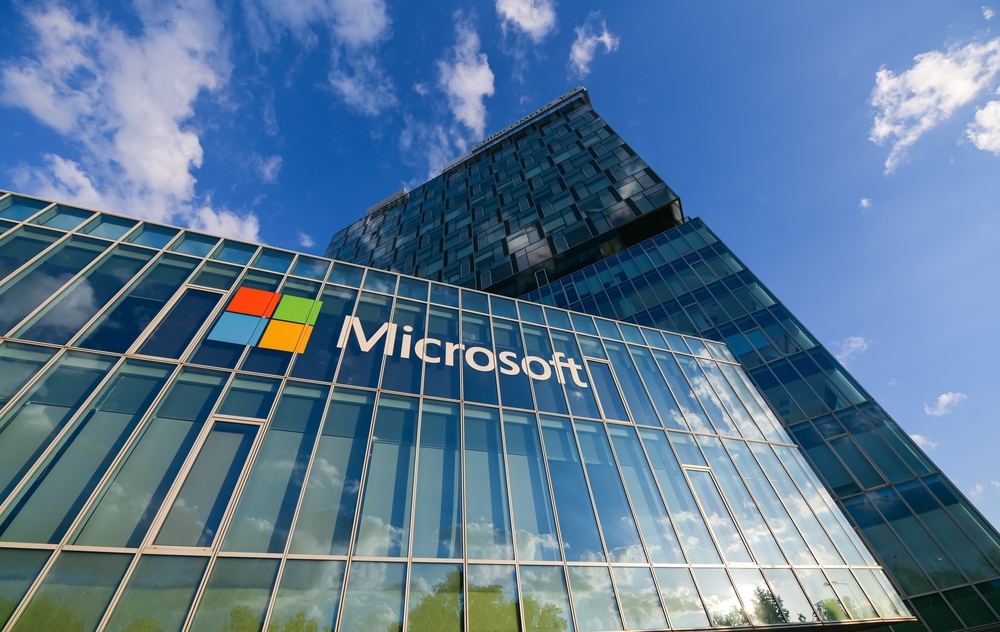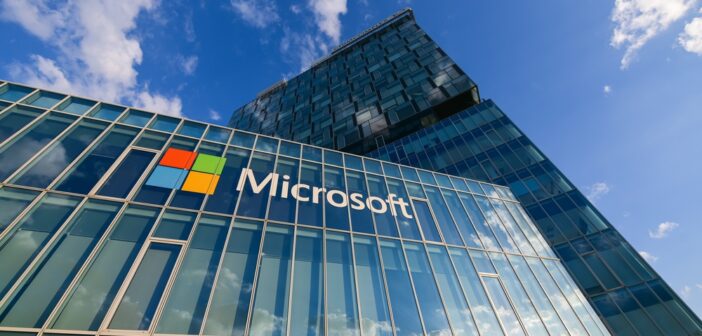
Written by staff writer.
Microsoft will invest AUD5 billion to build up its Australian hyper-scale cloud computing and artificial intelligence infrastructure over the next two years. The investment will improve Australia’s capacity to manage online threat actors, including sophisticated nation-state cyber threats.
Announcing the deal in Washington D.C. on October 24, 2023, alongside Microsoft Vice Chair and President Brad Smith, Australian Prime Minister Anthony Albanese said the investment will help Australia become a world-leading digital economy. “This is completely in sync with what my Government’s direction has been,” he said.
The money, to be spent over the next two years, is Microsoft’s single largest investment in its forty-year history in the country. There are three components of the announcement. The first is an investment in AI infrastructure, which will increase Microsoft’s computing capacity by approximately 250% over the next two years and see Microsoft’s local data centres increase from 20 to 29 sites.
The second component is an investment in people in partnership with TAFE NSW. Due to launch in 2024, a Datacentre Academy will help train up to 300,00 Australians, preparing them to work effectively in core operational roles, including as data centre technicians, critical environment specialists, and IT operations personnel.
The third component is collaborating with the Australian Signals Directorate (ASD) to build the Microsoft-ASD Cyber Shield (MACS), which will boost the government’s and Microsoft’s abilities to identify, prevent and respond to cyber threats.
“MACS will include the evolution of national threat intelligence sharing capabilities, focusing on detecting, analysing and defending against sophisticated nation-state cyber threats,” reads a Microsoft statement.
John Kaleski, cloud partner at technology consulting company Mantel Group, said the announcement, part of Albanese’s official visit to the United States, was big news for the Australian technology industry.
“Today’s announcement of a Microsoft-Australian Signals Directorate Cyber Shield will assist to reduce the incidence of successful cyber attacks,” he said. “Sharing best practices to build cyber resilience and developing ways to appropriately identify, prevent and respond to cyber attacks will collectively help all Australians.”
The ASD’s national Cyber Watch Office received over 76,000 cybercrime reports over the 12 months to June 30, 2022, equating to one report every seven minutes.
Sumit Bansal, Vice President, APJ, at cloud-native cyber defence platform BlueVoyant, agreed that the announcement would help boost Australia’s capacity to defend against cyberattacks. But he says individuals and entities need to get on the front foot rather than relying on government and large firms like Microsoft to do all the heavy lifting. He called cybersecurity a team sport.
“Organisations must make sure they are monitoring their internal networks 24/7 and quickly responding to pressing threats,” he said. “This includes patching any vulnerabilities quickly as we are seeing cybercriminals exploit these faster and faster, sometimes in a matter of days.”
Speaking on ABC Radio on October 24, Australian Treasurer Jim Chalmers said the announcement represented a significant investment in the digital economy and building capacity in areas like AI and cybersecurity. “It’s not the only step we need to take,” he said, “but it is a very good start.”





